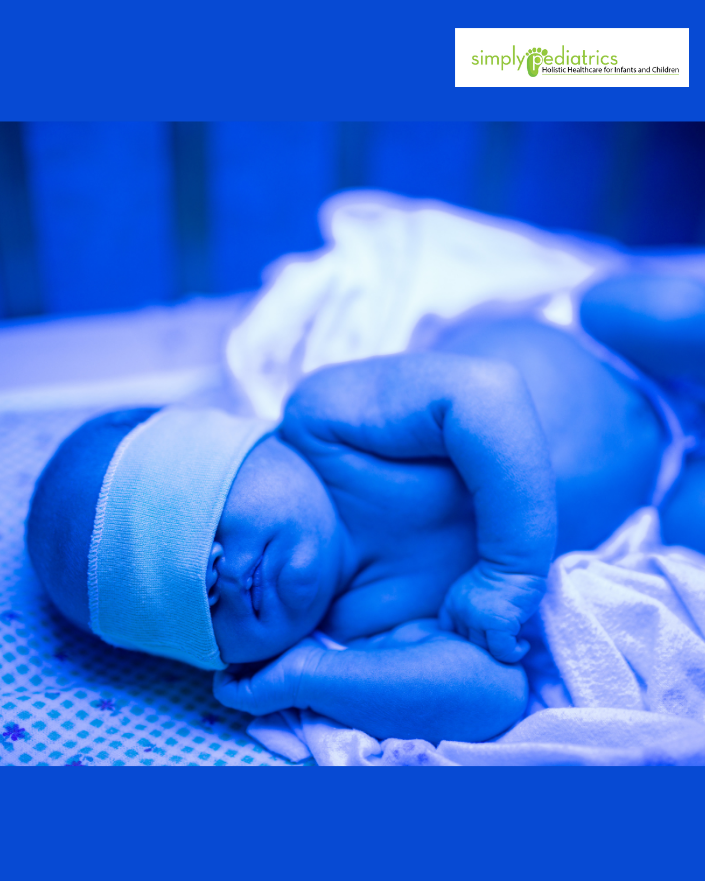What Is Newborn Jaundice?
Newborn jaundice causes yellowing of the skin and eyes. It happens when there’s too much bilirubin in the baby’s blood. This is very common in newborns.
What Is Bilirubin?
Bilirubin is a yellow substance made when the body breaks down old red blood cells. Normally, the liver removes it through stool and urine. Newborns have immature livers, so bilirubin can build up.
Why Is Jaundice Common in Newborns?
– Babies have more red blood cells that break down quickly.
– Their livers are still developing.
– Some bilirubin is reabsorbed from the intestines, adding to the buildup.
Types of Jaundice in Newborns
1. Physiological: Appears 2-4 days after birth, gone in 2 weeks.
2. Breastfeeding Jaundice: Caused by low milk intake in the first week.
3. Breast Milk Jaundice: Starts after the first week, may last longer.
4. Pathological: Happens in the first 24 hours or lasts too long. Needs medical attention.
Can It Be Dangerous?
Most jaundice is harmless. But very high levels of bilirubin can cause a serious condition called kernicterus, which can lead to brain damage. That’s why doctors watch bilirubin levels closely.
How Is It Diagnosed?
– A thorough examination by your pediatric provider.
– A skin sensor can estimate bilirubin.
– A blood test gives an exact measurement.
How Is It Treated?
– Phototherapy (blue light treatment).
– Exchange transfusion for serious cases.
– Making sure baby feeds well to help remove bilirubin.
When to Call the Doctor
– Jaundice shows up in the first 24 hours.
– Baby is very sleepy, not feeding, or cries with a high-pitched sound.
– Jaundice lasts longer than 2 weeks.

